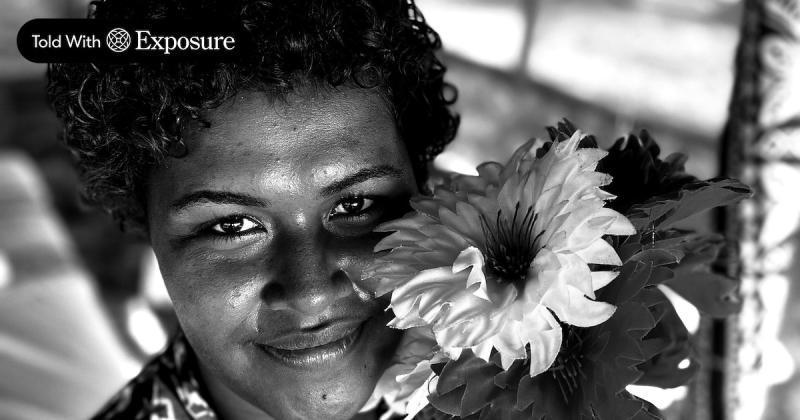

Safeguarding the ocean for future generations is a shared responsibility and a matter of global urgency.
For the women of Korolevu-i-wai district, half measures are no longer an option.
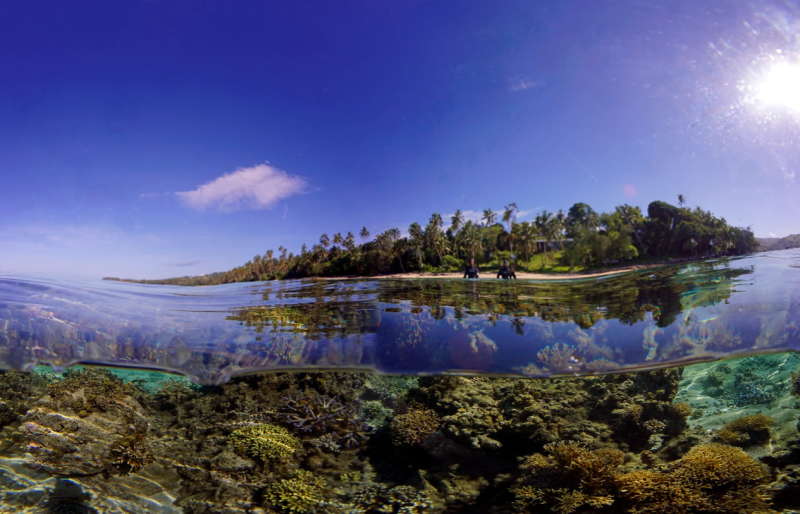
In 2002, the four traditional villages of Vatuolalai, Votua, Namada, and Tagaqe along Fiji’s Coral Coast created the Korolevu-i-wai Locally Marine Managed Area (LMMA) to ensure the preservation and protection of their traditional fishing ground.
Women have played important roles in the establishment of the LMMA including: helping to decide LMMA rules, assisting with the implementation of environmental projects in their villages like waste management and water system improvement, playing an active role with enforcement and compliance efforts, and assisting with research to evaluate the status of their fishing ground.
Let’s meet some of the women who are active in the coral reef conservation and environmental management efforts underway in the Korolevu-i-wai district.
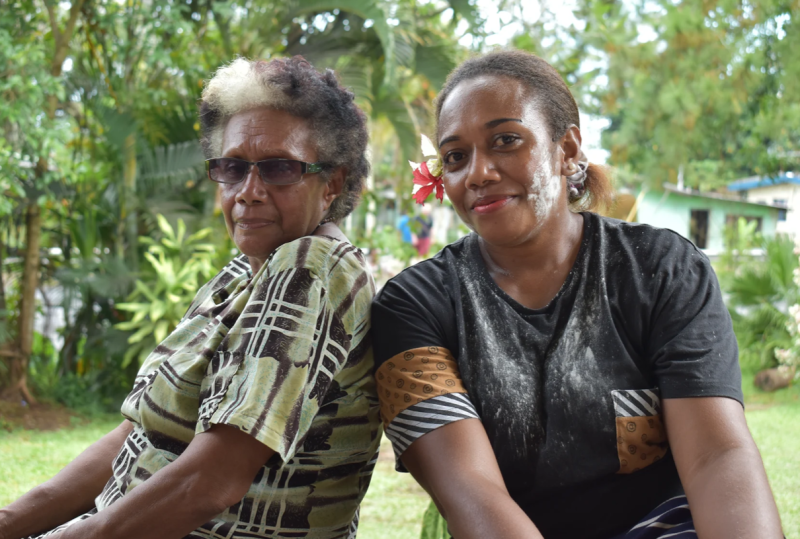
Eseta Naleba, has been living in Tagaqe for more than 30 years, and is dedicated to protecting the ecosystem of her home.
Eseta is passionate about fishing and planting flowers and understands the delicate balance needed to support traditional, subsistence lifestyles and ensure that Marine Protected Areas can thrive and flourish.
For many years Eseta was a representative on the village Environment Committee, that looks after the no-take area and implemented projects to deal with rubbish and wastewater issues from the village.
Eseta’s daughter, Maria Silovate, appreciates that participation of women is more respected nowadays and notices that women in her village are more confident to speak up. The women’s group is very active in the village.
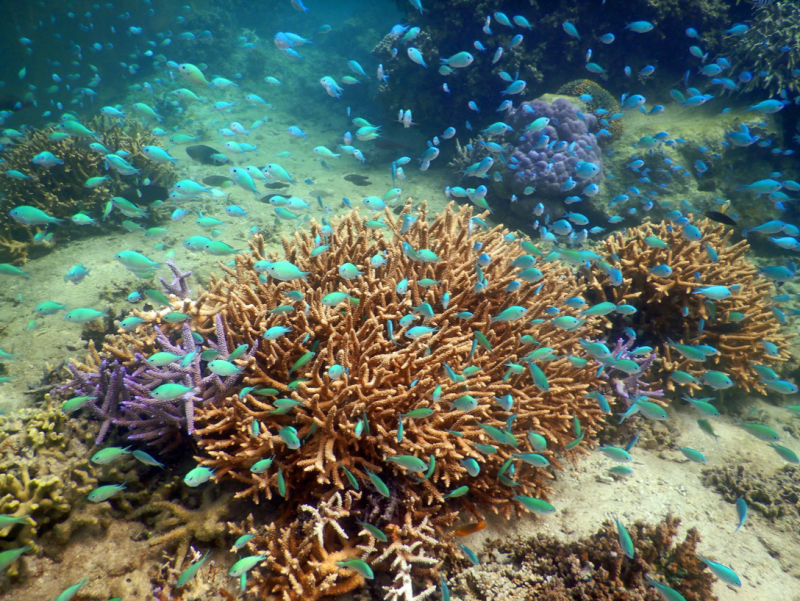
Through the Investing in Coral Reefs and the Blue Economy programme, funded by the Global Fund for Coral Reefs and the Joint SDG Fund, support is being channeled to Korolevu-i-Wai district in Nadroga.
Local communities in Korolevu know on a deep and personal level that the future depends on a clean and healthy ocean, where protection and sustainable use go hand in hand. They directly witness how the ocean is under threat from the effects of climate change, pollution, loss of biodiversity and unsustainable use.
They are also deeply aware that to respond we need to build partnerships between government, industry, science and civil society, putting knowledge, technology and finance into action.
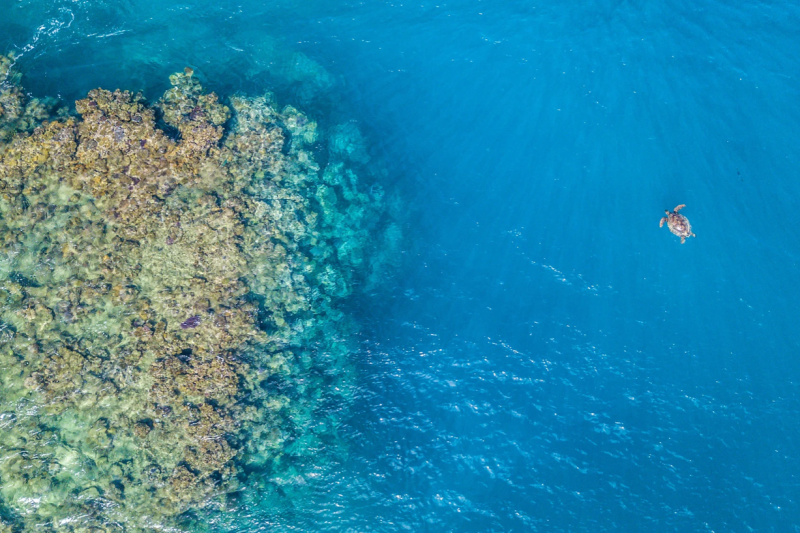
In Fiji, with programme funding, they're beginning to do just that: finance ocean protection.
In Korolevu, programme-supported activities are enhancing coral reef conservation and the protection of the marine environment within the Korolevu-i-wai Locally Marine Managed Area. Enhancing gender equality and improving livelihoods of local communities is at the core of these efforts.
Specifically, the project is working to co-finance the development of eco-tourism facilities for the effective management of Locally Managed Marine Areas.
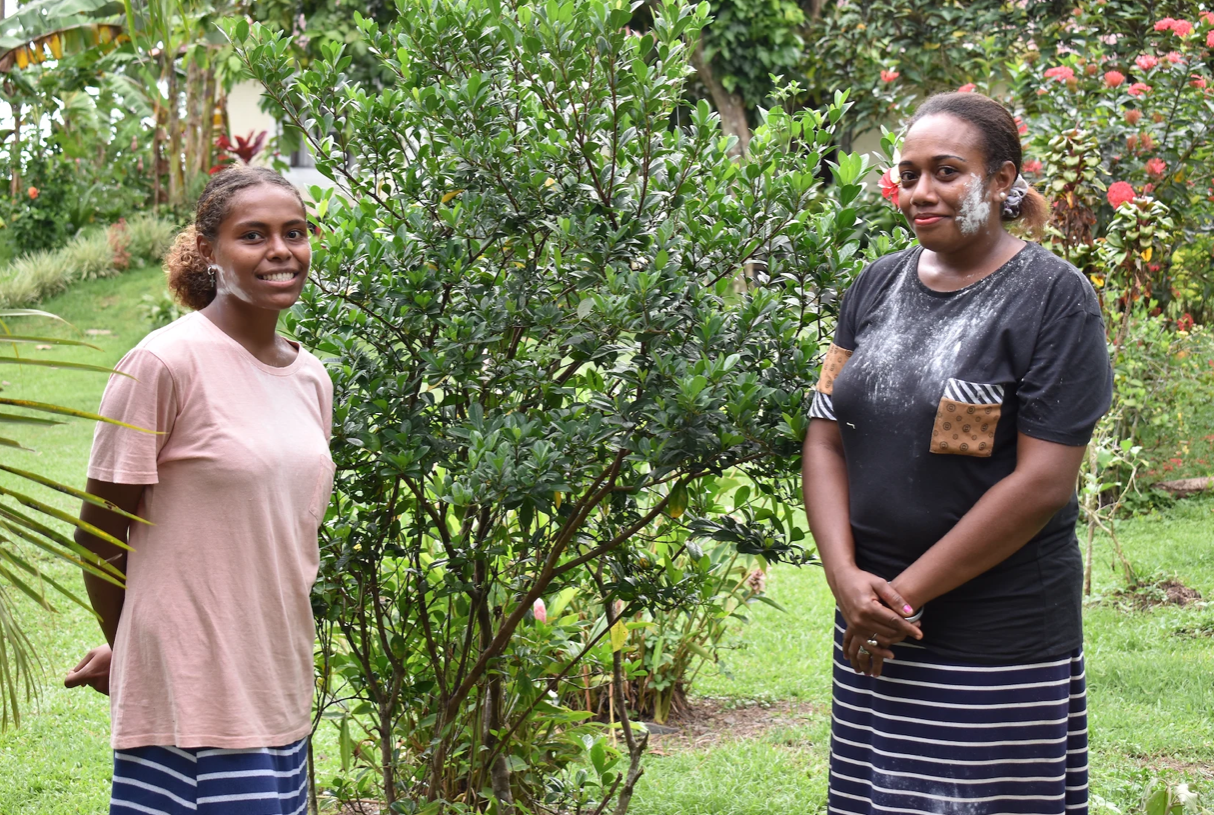
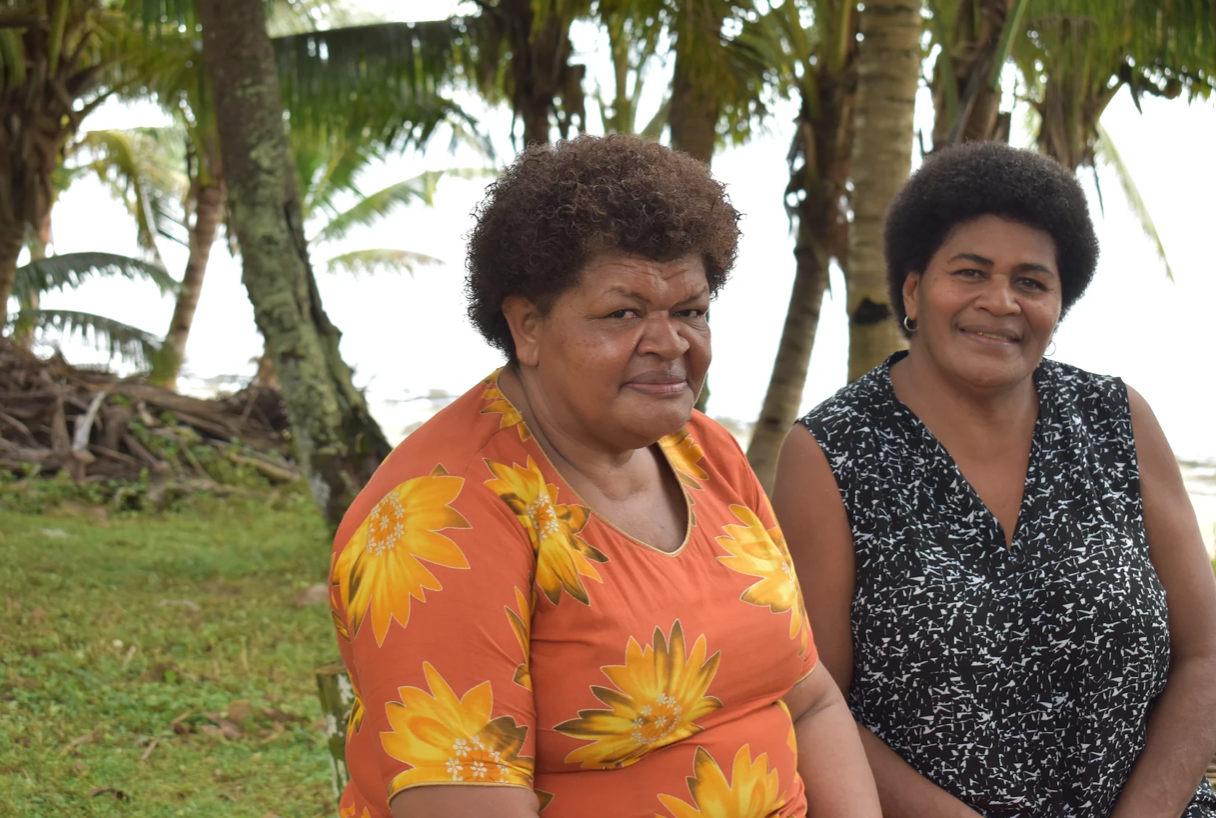
For Salote Sereiwai, a resort worker in Votua Village, women's participation in the local Village Development Committee represents “a huge difference when compared to past generations where only men would participate in such activities.”
This broader-based, more equitable form of self-governance has positive consequences for the environment as well:
“I believe women can lead in the areas of development and conservation in the Village, as we have a more holistic view of things given our daily work around fishing, gathering firewood, planting root crops, and cooking.”
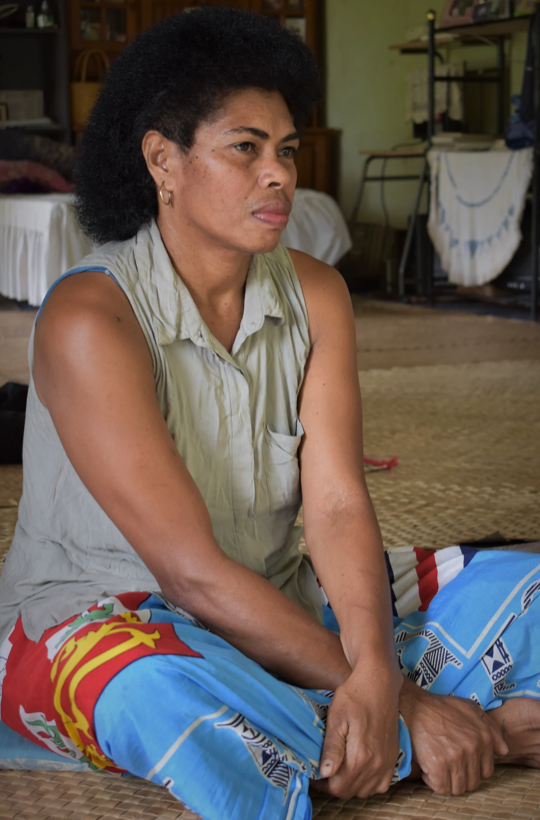
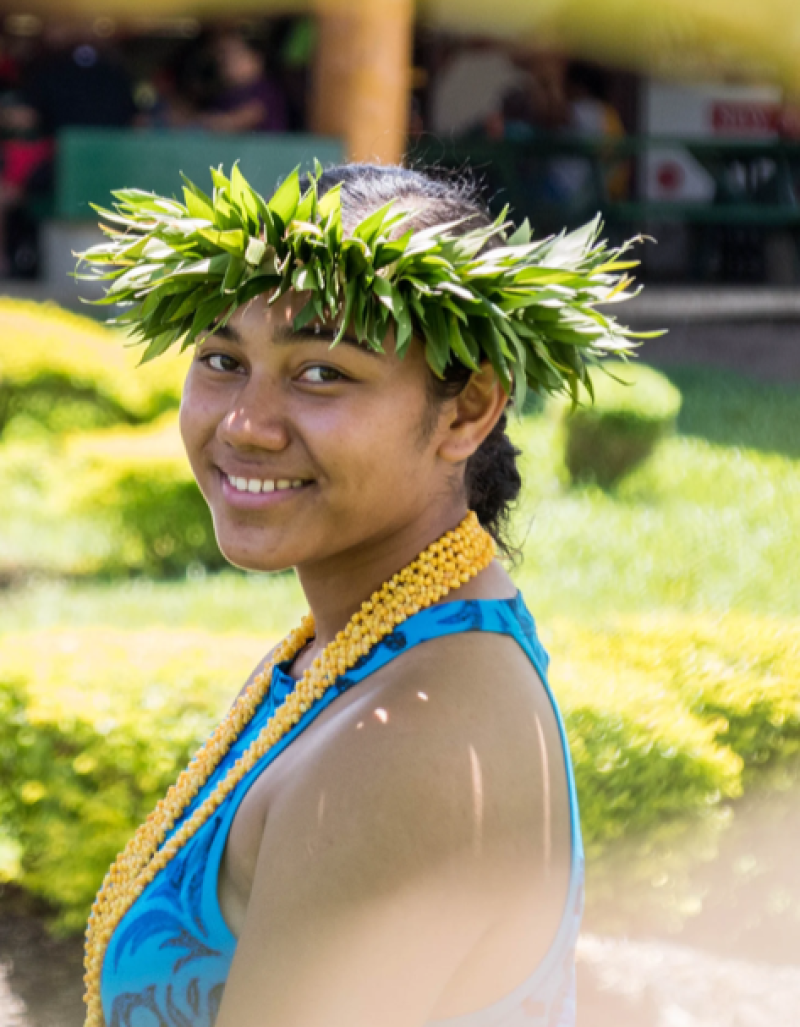
Because many of the tasks that were historically viewed as ‘women’s work’ in Fiji also happen to be ones that are so intimately linked with environmental quality and ecosystem services, women's perspectives are especially important when it comes to community environmental policy.
Other villages in the district arrayed along the fringes of the Locally Managed Marine Area report similar experiences.
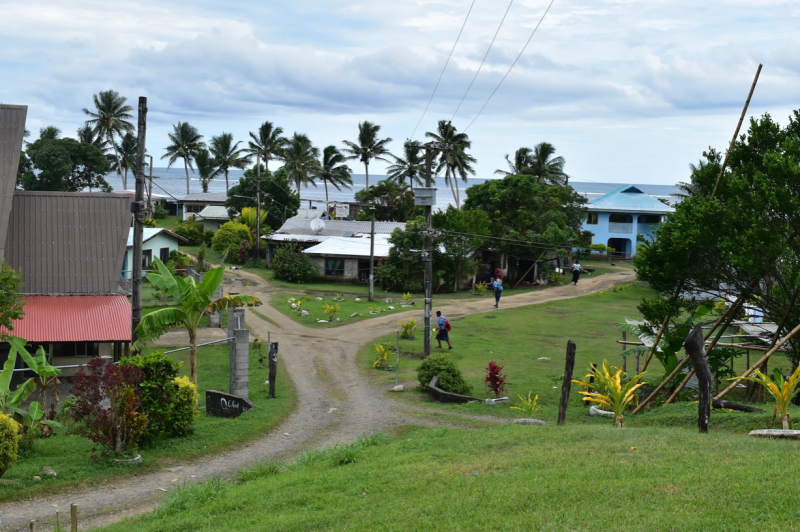
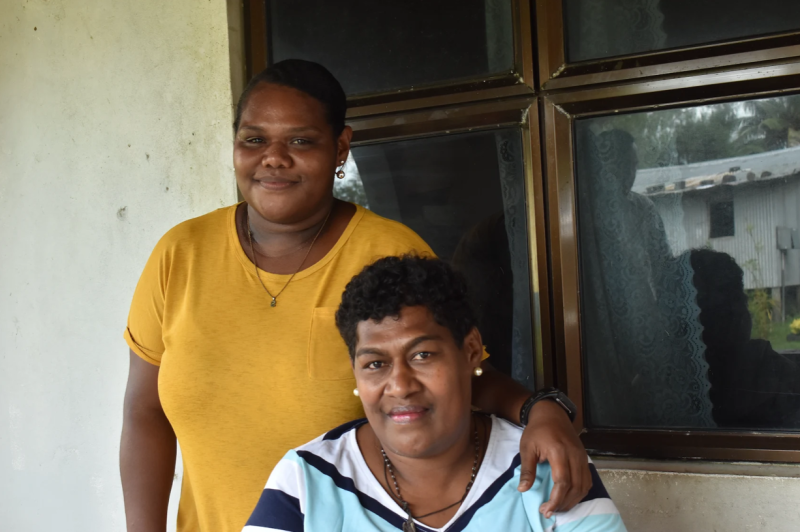
In Vatuolalai Village, community health worker Adi Caginatoba Koroivosa remarked on the benefits that accrue from improved environmental standards:
“Since the implementation of the Marine Protected Area, we have noticed bigger size catches when we go fishing.”
Importantly, the design, implementation and dissemination of the MPA initiative is bolstered at every stage by women's participation:
“targeting women to enhance traditional knowledge around coral reef importance and conservation is critical here because we are the ones that go out fishing.”
Because of their unique role vis-à-vis the environment, women's participation in community decision-making and environmental policy is especially fruitful.
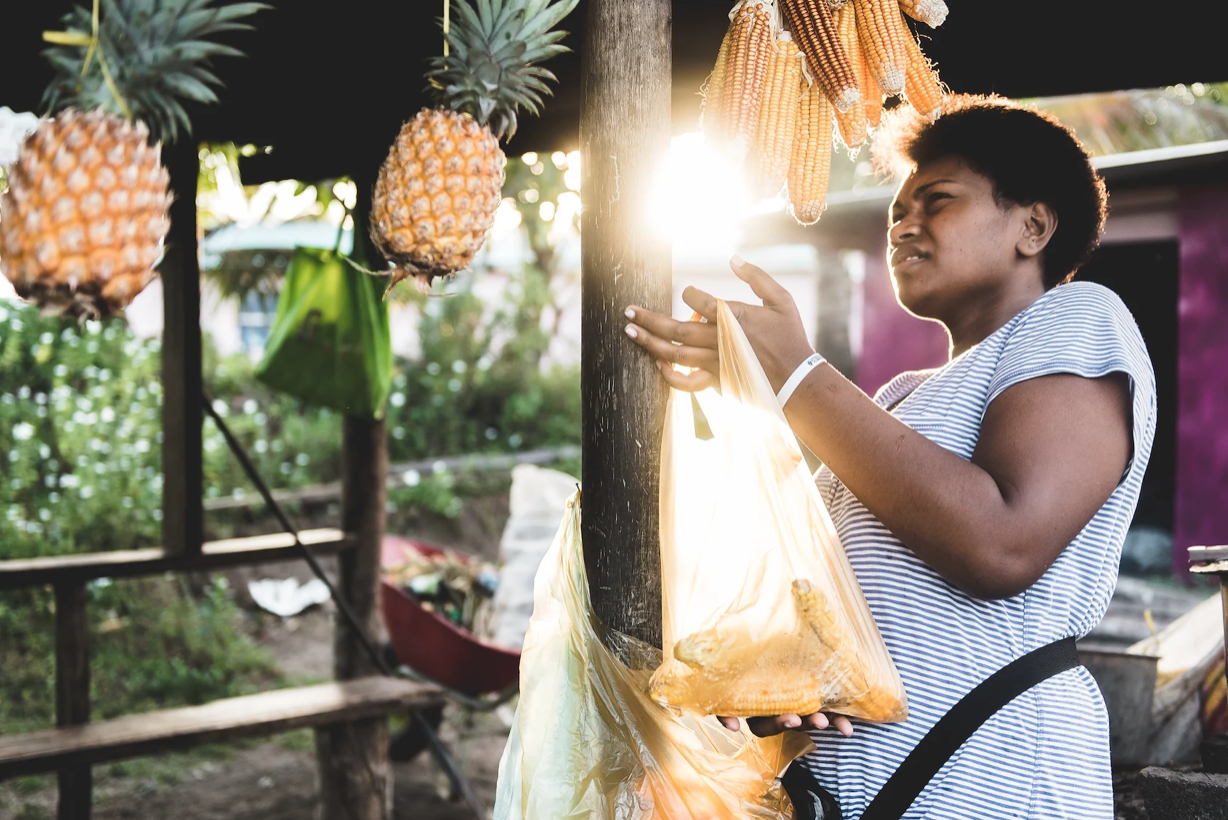
Considered a global hotspot for biodiversity, Fiji’s coral reefs are a kind of global patrimony. But this conceptualization might inadvertently elide the vital role of women in protecting and preserving these coral reefs.
A robust, whole-of-society approach is clearly needed to ensure this globally-significant ecosystem is resilient to climate change.
This realization prompted the Fijian government, donors and relevant partners to initiate a series of mutually-reinforcing responses to restore the sustainability of the fishery and the health of marine and coastal ecosystems, transitioning the country towards sustainable ocean management: a blue economic future.
By demarcating large, contiguous areas to be protected, managed, and enforced, Fiji is taking climate action, addressing illegal and overfishing, and promoting sustainable activities.
And women are front and center. Right where they should be.